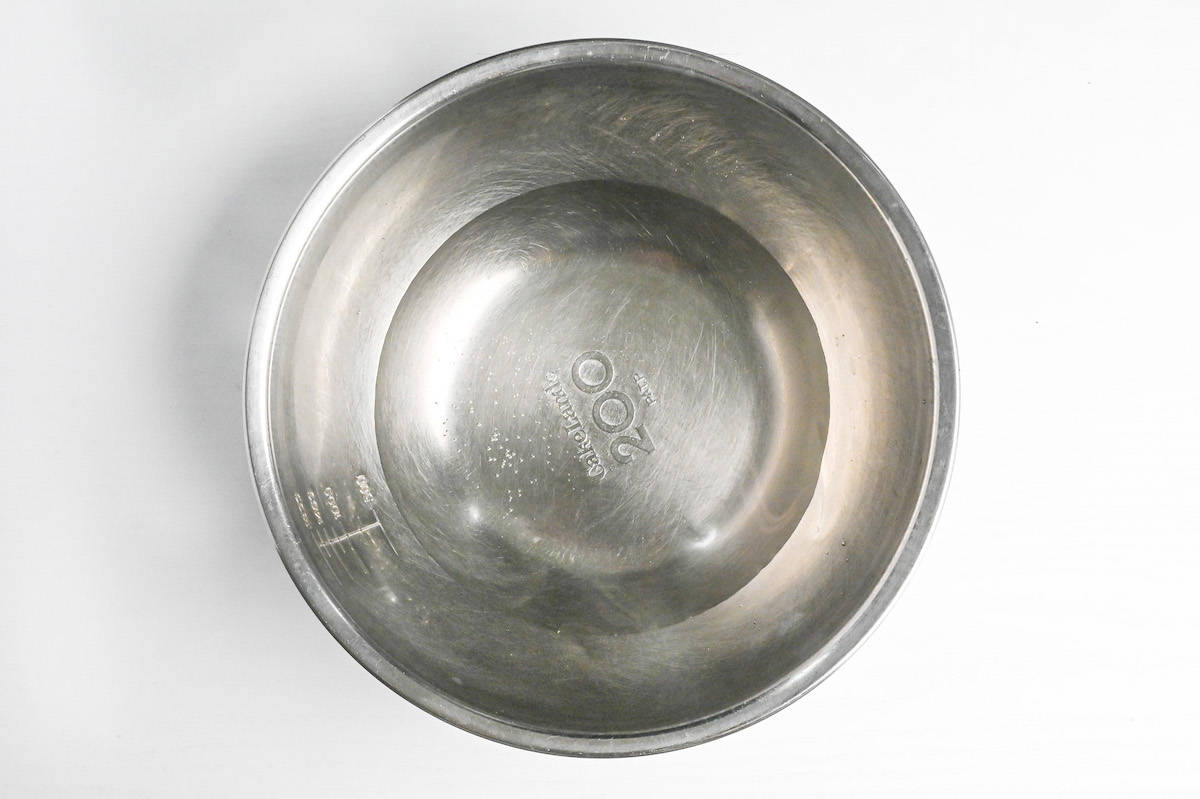In a well-chilled bowl, combine your refrigerated still water with carbonated water.


The carbon dioxide bubbles in sparkling water introduce additional air pockets that create an even more delicate, lacy texture.
Add a fresh egg yolk and whisk, just enough to integrate the egg without creating excess foam.
Add your chilled flour mixture gradually, about one-third at a time. Use chopsticks to mix with a light touch, using just a few strokes between additions.


The batter should look a bit lumpy and uneven, which is exactly what you’re going for. Don’t go smoothing out the batter—those lumps are what make this tempura special.


The chemistry of the batter changes quickly after mixing. Every minute, more gluten develops, making the coating progressively heavier and chewier. Make your batter only after your oil is heated and your lotus root is ready.
If you’re dealing with delays, adding a few ice cubes to the batter can slow down gluten development for a bit.


Just be careful not to accidentally put ice into your frying oil, as that can cause vigorous splattering.




